[youtube https://www.youtube.com/watch?v=_lqUVoLorWk]
Saito sensei breaks down O’sensei’s movements into a concrete starting point to understand the abstract and generative potential of aikido. The step-by-step approach also illuminates how a martial art can be peaceful and be an effective response to violence. Aikido’s roots are in the samurai and it is important to look at how something so lethal became the “Art of Peace;” riai is the place to start…
This is a video of the “kumitachi” which are sword practices and the “henkawaza” which practices alternative outcomes. The characters for henka represent a form that changes to avoid an entangment or escalation. Saito sensei quoted O’sensei often in that when you have a sword think of the empty hand techniques and vice versa. Riai is the concept of parallel principles which provides multiple ways to understand a single point. When you understand the body movements and positions, the power of a cut, and the ability to respond adaptively to an oncoming sword you gain insight into how aikido is effective against a stronger attacker. Aikido is an empty-handed art that does not end in the cutting down of the other it is important to look at riai as a progression beyond successful opposition to a philosophy and practice of resolution.
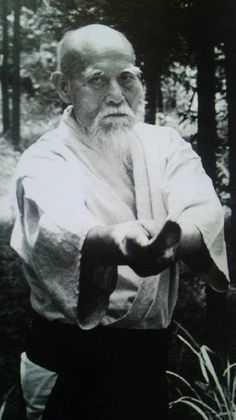
Hanmi- the essence of aikido
When it comes to the sword Saito sensei explains that the difference that aikido introduced is hanmi, which results in a closing of the hips and shoulders which takes the attacking sword off-center. Rather than meeting a sword literally head on you receive and direct it away. By doing this you also don’t have to cut the other person down; you have taken the center and the attacker must to withdraw to not walk into the tip of your sword.
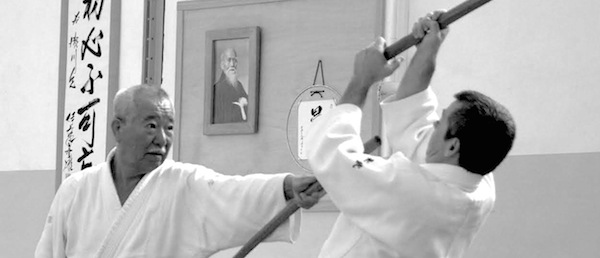
Uke Tachi- maintain the center
In these sword forms the aikidoist is attacked and the goal is not to be the fist to land the strike. The aikidoist takes the role of uke-tachi or the one who receives the cut. A duel is traditionally based on the concept that two people will abandon a defensive position to harm the other. In aikido harm is not the goal, while you maintain your security, the attacker is exposed when attacking and while you can not “win” in the terms of a duel you create a decisive result.
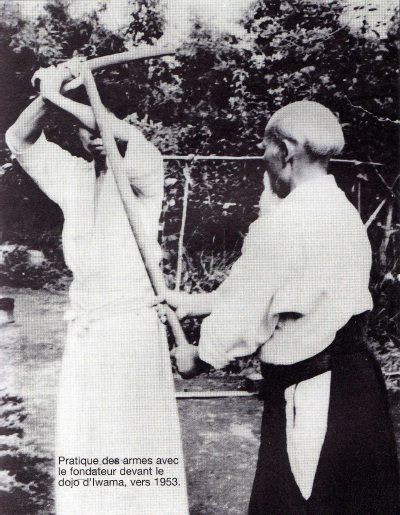
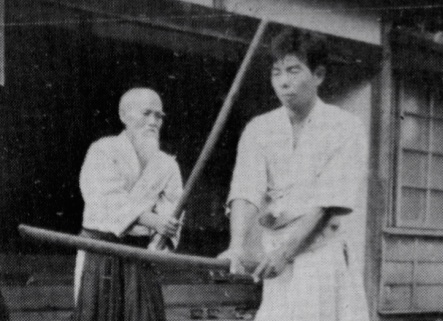
Henka- leave the center to a new and secure position
The variations advance beyond attempting to control the center. The uke-tachi moves out of range to a position that controls the next move and leaves the role as target. The new position reduces the potential for continued conflict while increasing control without utilizing a lethal threat.
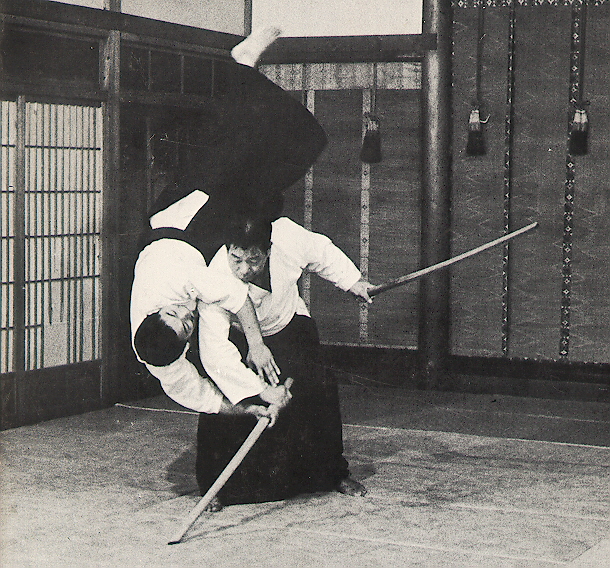
Tachi Dori-let go of the sword to take a sword
The Henka practice positioning with such an advantage that when you let go of the sword you produce an opportunity for taking away the attackers weapon. Abandoning your capacity to kill can neutralize the attacker’s capacity as well.
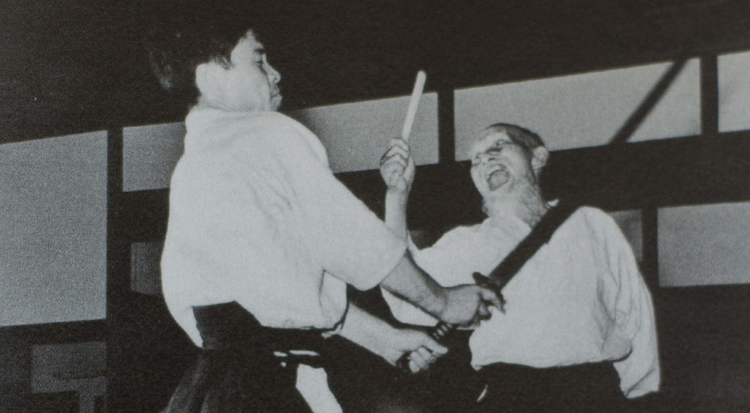
Aikido- non-opposition equals possibility
Aikido assumes that we will not always be the stronger side of conflict. If an aikidoist is effective while practicing the “art of peace” eve when facing the blade of a sword then the aikidoist can face any conflict with the approach of resolution rather than elimination. Riai provides multiple lenses to experience and respond to the threat of a superior force while practicing the principles that build the possibility for meeting violence with peaceful resolution.
